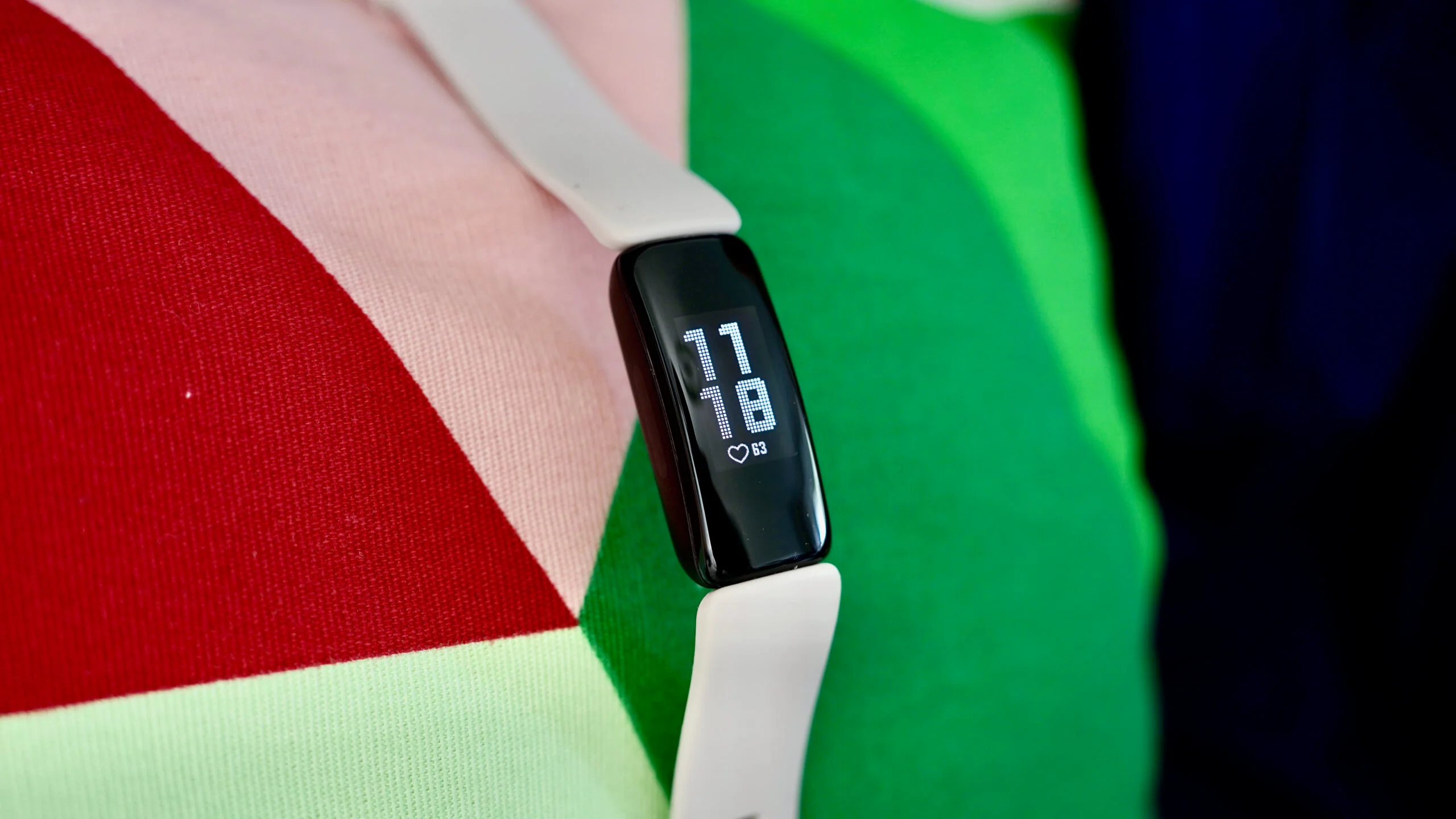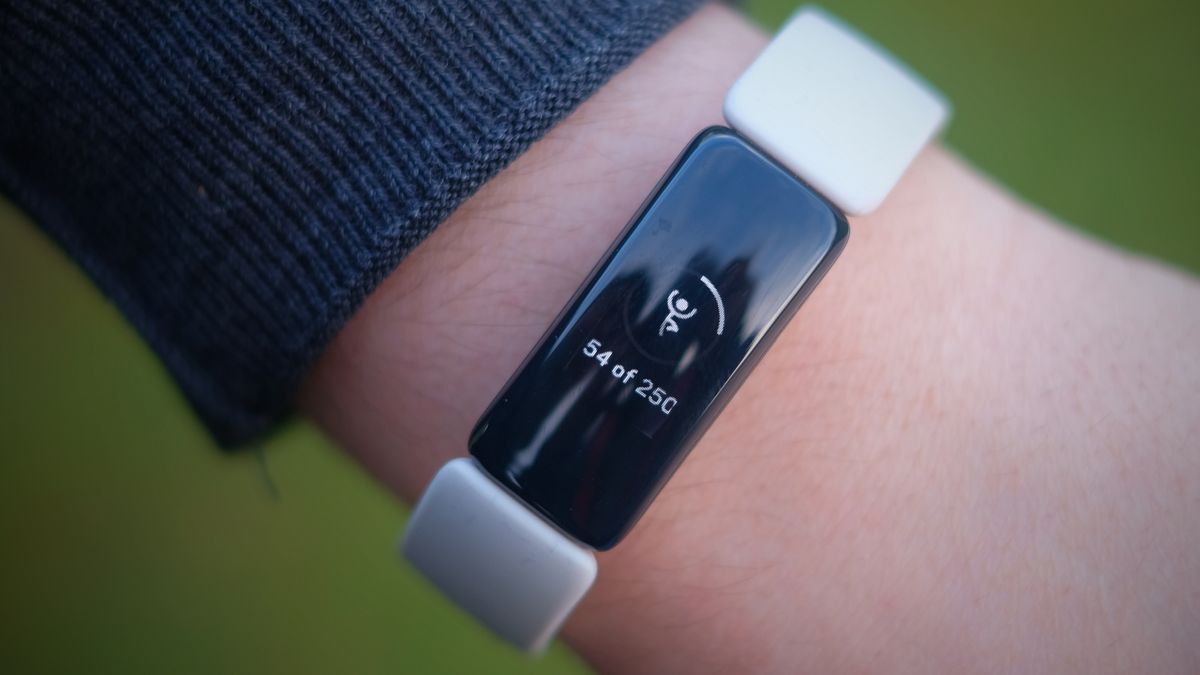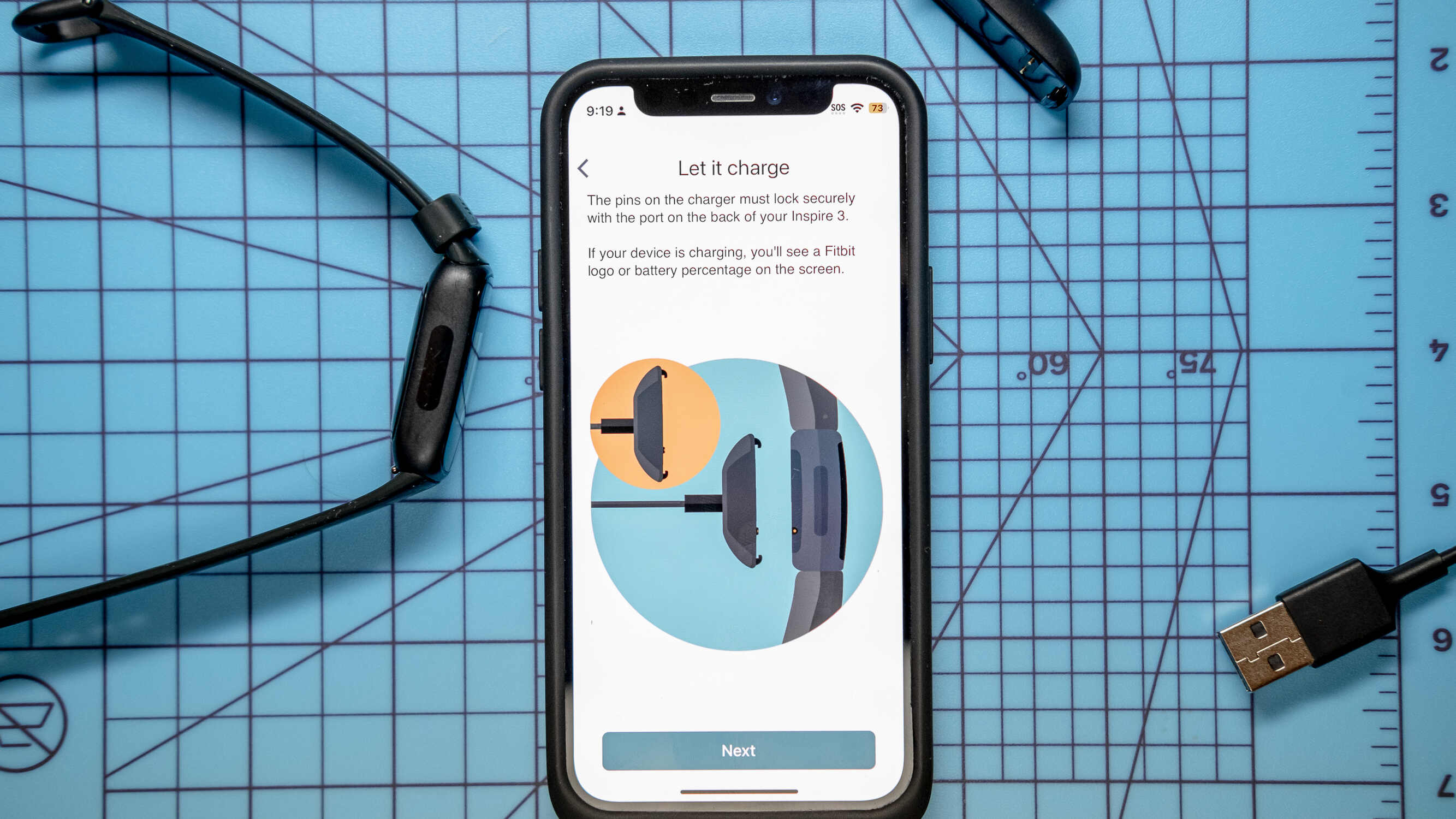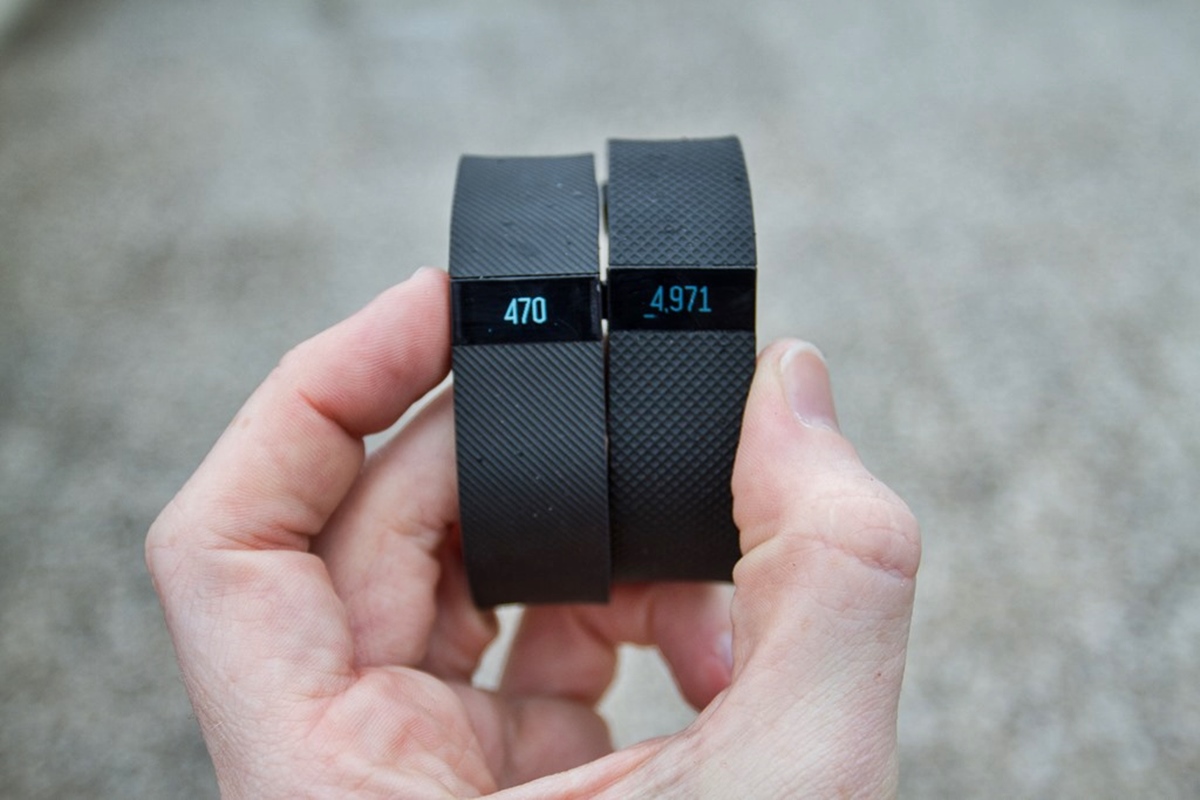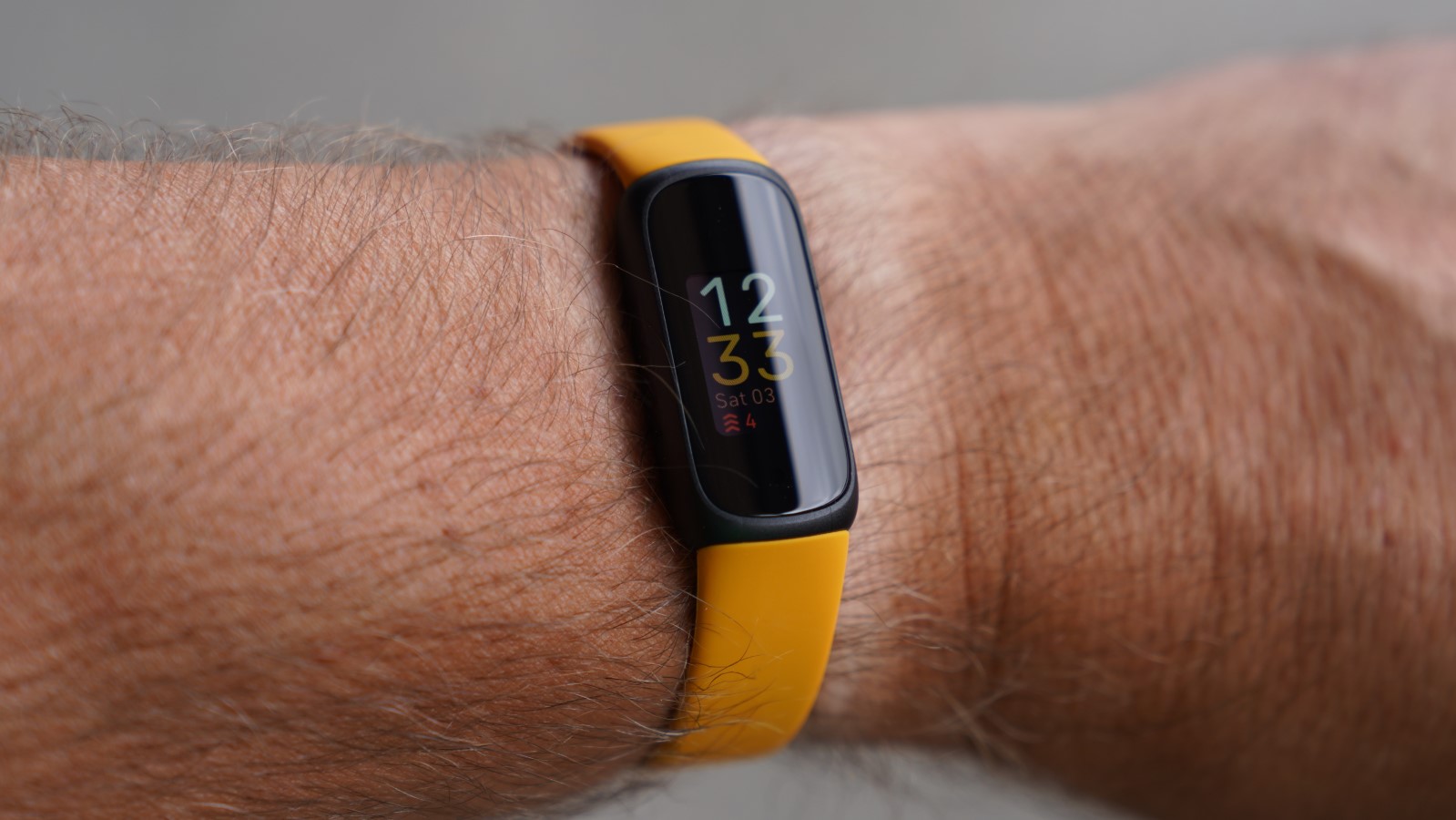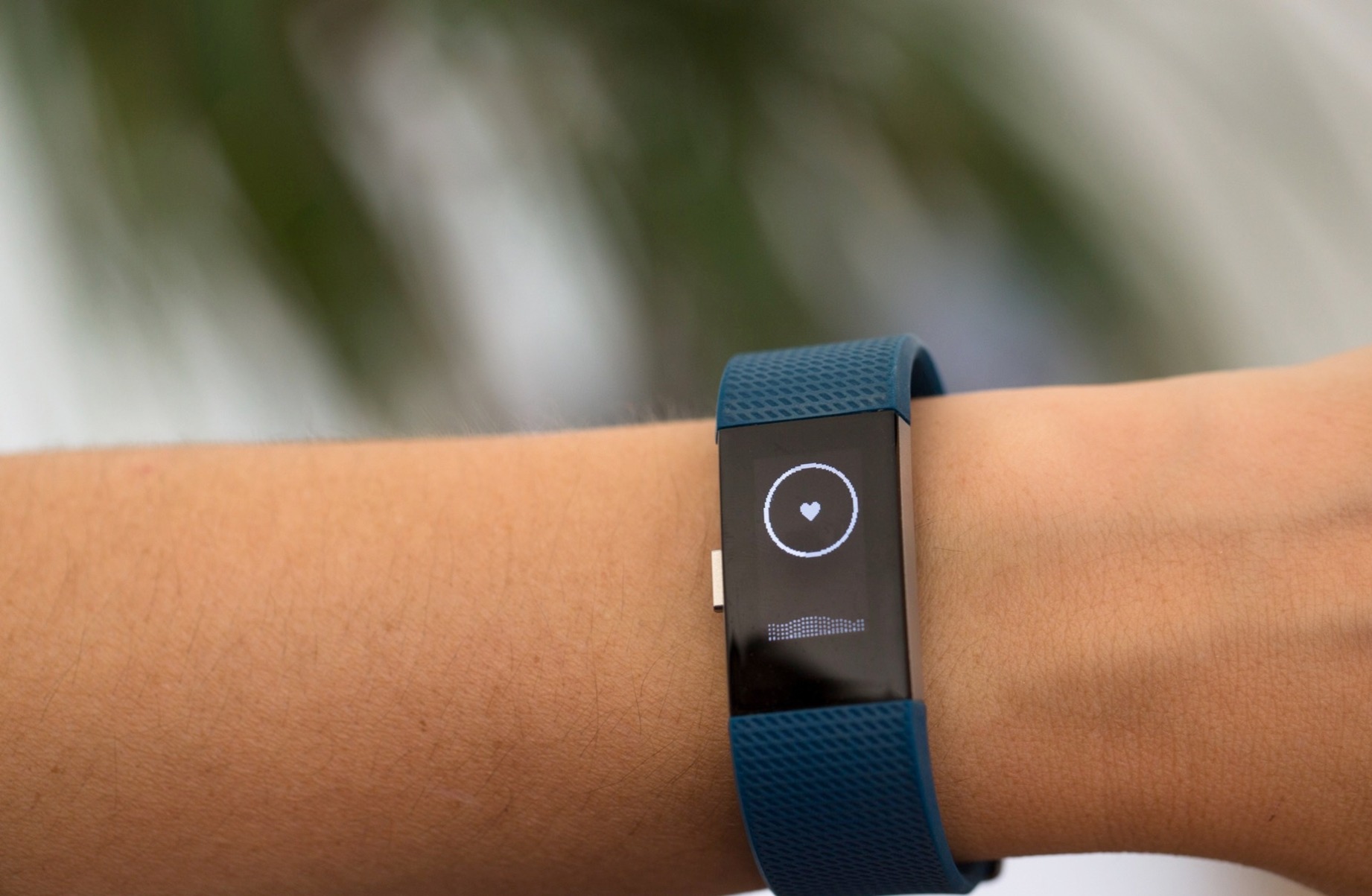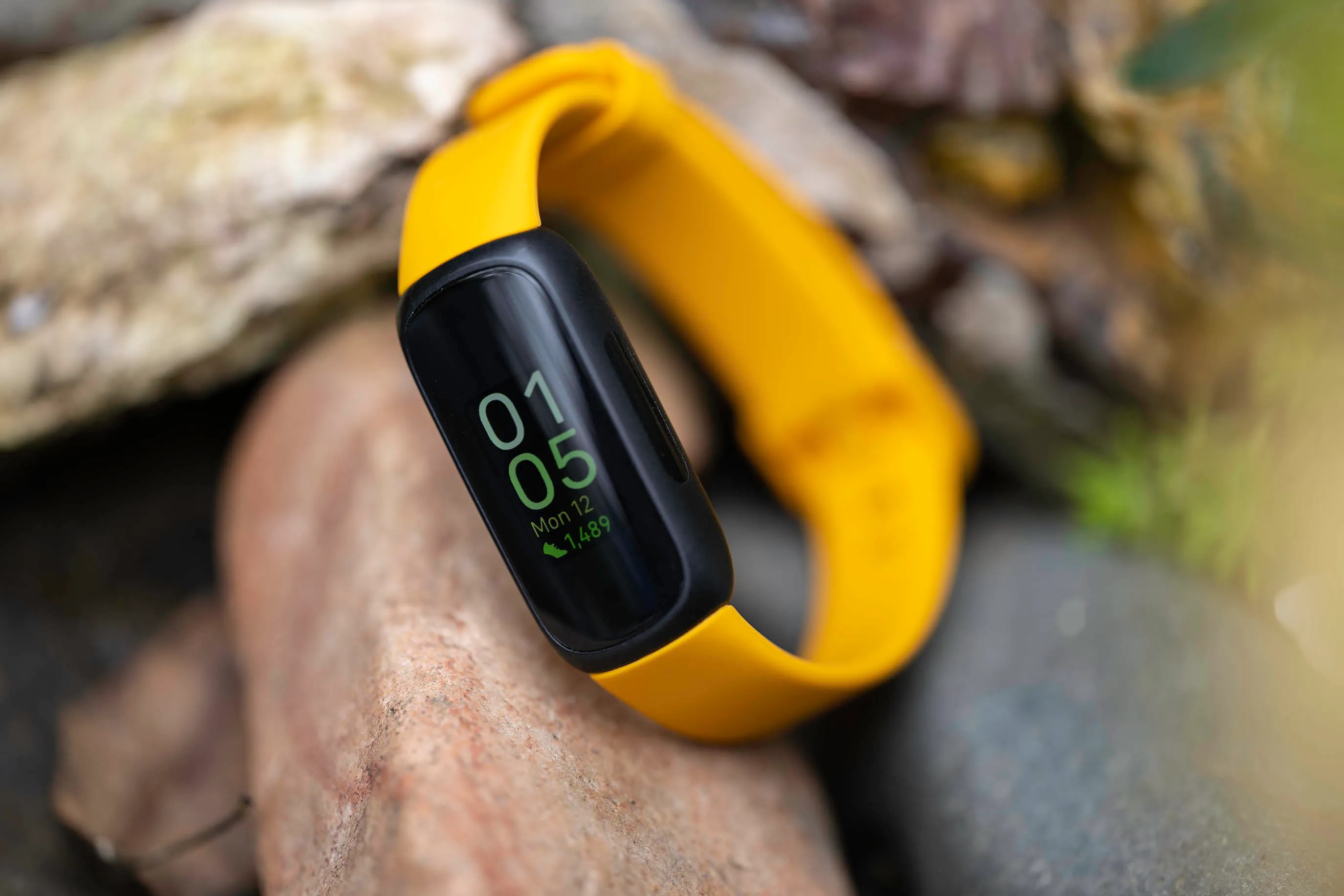Introduction
The Fitbit Inspire 2 is a versatile wearable device designed to help users stay active and maintain a healthy lifestyle. One of its key features is the ability to monitor heart rate, providing valuable insights into physical exertion, exercise intensity, and overall cardiovascular health. Configuring the heart rate settings on the Fitbit Inspire 2 allows users to personalize their experience and make the most of this functionality.
Understanding how to set up and utilize the heart rate monitoring feature is essential for maximizing the benefits of the Fitbit Inspire 2. Whether you're a fitness enthusiast, an individual looking to improve their overall well-being, or someone keen on tracking their daily activity levels, the heart rate monitoring capabilities of the Fitbit Inspire 2 can provide valuable data to support your goals.
In this comprehensive guide, we will walk you through the process of configuring the heart rate settings on your Fitbit Inspire 2. From accessing the heart rate settings to customizing heart rate zones and setting up heart rate alerts, we will cover everything you need to know to make the most of this powerful feature. Additionally, we will explore how to leverage heart rate data for fitness tracking, enabling you to gain deeper insights into your workouts and daily physical activity.
By the end of this guide, you will have a clear understanding of how to harness the full potential of the heart rate monitoring functionality on your Fitbit Inspire 2. Whether you're aiming to optimize your workout routines, monitor your heart health, or simply stay informed about your daily activity levels, the insights provided by the heart rate feature can empower you to make informed decisions and take proactive steps toward a healthier, more active lifestyle.
Step 1: Accessing Heart Rate Settings
Accessing the heart rate settings on your Fitbit Inspire 2 is the first step toward personalizing your heart rate monitoring experience. By navigating to the heart rate settings, you can fine-tune various aspects of this feature to suit your individual preferences and fitness goals.
To begin, ensure that your Fitbit Inspire 2 is securely fastened on your wrist. Once the device is comfortably in place, navigate to the main menu by tapping the screen or pressing the side button, depending on your device's settings. From the main menu, locate and select the "Settings" option. Within the settings menu, scroll or swipe through the available options until you find "Heart Rate."
Upon selecting the "Heart Rate" option, you will gain access to a range of heart rate settings that can be customized to align with your specific needs. These settings may include options for adjusting heart rate tracking frequency, enabling or disabling heart rate zones, and configuring heart rate alerts. By tapping on each setting, you can delve into further customization options, allowing you to tailor the heart rate monitoring feature to your liking.
It's important to note that accessing the heart rate settings gives you the flexibility to personalize your heart rate monitoring experience based on your unique fitness objectives and comfort levels. Whether you're aiming to closely monitor your heart rate during workouts or simply seeking to maintain an awareness of your daily activity levels, the ability to access and adjust these settings empowers you to make the most of the heart rate monitoring feature on your Fitbit Inspire 2.
In addition to customizing the heart rate settings directly on the device, you may also have the option to fine-tune these settings through the accompanying Fitbit mobile app. By syncing your Fitbit Inspire 2 with the app, you can access a more expansive array of customization options, providing an enhanced level of control over your heart rate monitoring preferences.
By successfully accessing the heart rate settings on your Fitbit Inspire 2, you are taking a proactive step toward harnessing the full potential of this powerful feature. With the ability to tailor the heart rate monitoring experience to your liking, you can gain valuable insights into your physical activity, exercise intensity, and overall cardiovascular health, ultimately supporting you in your journey toward a healthier, more active lifestyle.
Step 2: Configuring Heart Rate Zones
Configuring heart rate zones on your Fitbit Inspire 2 is a pivotal step in optimizing your fitness tracking and performance monitoring. Heart rate zones provide a structured framework for understanding and categorizing the intensity of your physical activity based on your heart rate. By customizing these zones to align with your individual fitness goals, you can gain deeper insights into your workouts and ensure that you are exercising at the appropriate intensity for your objectives.
To begin configuring heart rate zones, access the heart rate settings on your Fitbit Inspire 2, either directly on the device or through the accompanying Fitbit mobile app. Within the heart rate settings, look for the option to customize heart rate zones. Depending on your preferences and fitness aspirations, you may have the flexibility to define multiple heart rate zones, each corresponding to a specific intensity level.
Common heart rate zones include:
-
Resting Zone: This zone represents the lowest level of physical exertion and typically encompasses heart rates associated with resting and sedentary activities.
-
Fat Burn Zone: The fat burn zone targets a moderate level of exertion, where the body primarily utilizes fat as a source of energy. This zone is often ideal for individuals aiming to improve their endurance and burn calories efficiently.
-
Cardio Zone: Falling within a higher intensity range, the cardio zone is designed to elevate heart rate to enhance cardiovascular fitness and aerobic capacity. This zone is beneficial for improving overall endurance and stamina.
-
Peak Zone: The peak zone reflects the highest level of intensity, pushing the heart rate to its maximum capacity. Exercising within this zone can help improve performance and maximize cardiovascular benefits.
Once you have identified the relevant heart rate zones based on your fitness objectives, you can proceed to customize the corresponding heart rate ranges for each zone. By inputting your desired heart rate parameters for each zone, you effectively tailor the heart rate monitoring feature to your specific workout routines and performance targets.
Customizing heart rate zones empowers you to monitor and optimize your physical activity with precision. As you engage in workouts, the Fitbit Inspire 2 will provide real-time heart rate data, categorizing your exertion levels into the defined heart rate zones. This enables you to gauge the effectiveness of your workouts, ensure that you are exercising within the desired intensity range, and make informed adjustments to your training regimen as needed.
By configuring heart rate zones on your Fitbit Inspire 2, you are not only personalizing your fitness tracking experience but also gaining valuable insights into the effectiveness of your workouts. This tailored approach to heart rate monitoring can help you optimize your training, track your progress, and ultimately achieve your fitness goals with greater precision and efficiency.
Step 3: Setting Heart Rate Alerts
Setting heart rate alerts on your Fitbit Inspire 2 is a valuable tool for staying informed about your cardiovascular performance during workouts and daily activities. By configuring heart rate alerts, you can establish personalized thresholds that trigger notifications when your heart rate enters specific intensity zones. This feature empowers you to maintain awareness of your exertion levels, optimize your training, and ensure that you are exercising within your target heart rate range.
To begin setting heart rate alerts, access the heart rate settings on your Fitbit Inspire 2. Within the heart rate settings menu, look for the option to configure heart rate alerts. Depending on your device's capabilities, you may have the flexibility to define multiple alert thresholds corresponding to different heart rate zones, such as fat burn, cardio, or peak zones.
Once you have accessed the heart rate alerts menu, you can input your desired heart rate thresholds for each intensity zone. For example, if your target heart rate for the fat burn zone is between 110 and 130 beats per minute, you can set an alert to notify you when your heart rate enters or exceeds this range. Similarly, you can establish alerts for other zones based on your fitness objectives and training preferences.
By setting heart rate alerts, you enable your Fitbit Inspire 2 to provide real-time notifications when your heart rate reaches the defined thresholds. This proactive feedback allows you to monitor your exertion levels during workouts, ensuring that you stay within your target heart rate zones for optimal training effectiveness. Additionally, heart rate alerts can alert you to potential overexertion or insufficient intensity, prompting you to adjust your workout intensity as needed.
The ability to receive timely heart rate alerts enhances your overall training experience, enabling you to make immediate adjustments to your exercise intensity based on real-time feedback. Whether you are aiming to maximize fat burn, improve cardiovascular endurance, or optimize performance, heart rate alerts serve as a personalized guide, keeping you informed and in control of your training sessions.
Incorporating heart rate alerts into your Fitbit Inspire 2 experience empowers you to exercise with greater precision and awareness, ultimately supporting you in achieving your fitness goals. By leveraging this feature, you can maintain a proactive approach to training, make informed decisions about workout intensity, and ensure that you are maximizing the benefits of your physical activity.
Setting heart rate alerts on your Fitbit Inspire 2 is a proactive step toward optimizing your training and staying informed about your cardiovascular performance. With personalized thresholds and real-time notifications, this feature enhances your ability to exercise with precision and make informed adjustments to your workout intensity, contributing to a more effective and rewarding fitness journey.
Step 4: Using Heart Rate Data for Fitness Tracking
Utilizing heart rate data for fitness tracking is a powerful way to gain deeper insights into your physical activity, exercise performance, and overall cardiovascular health. The Fitbit Inspire 2's heart rate monitoring feature provides a wealth of valuable data that can be leveraged to optimize your workouts, track your progress, and make informed decisions about your fitness journey.
Real-Time Tracking and Analysis
The Fitbit Inspire 2 continuously monitors your heart rate during workouts and daily activities, providing real-time data that reflects your exertion levels. By accessing this data through the device or the accompanying Fitbit mobile app, you can gain immediate insights into the intensity of your physical activity. This real-time tracking and analysis empower you to adjust your exercise intensity, ensuring that you are working within your desired heart rate zones for optimal training effectiveness.
Performance Evaluation and Training Optimization
Heart rate data serves as a valuable tool for evaluating your exercise performance and optimizing your training routines. By reviewing your heart rate patterns over time, you can assess the effectiveness of your workouts, identify trends in your cardiovascular performance, and make informed adjustments to your training regimen. Whether you're aiming to improve endurance, maximize fat burn, or enhance cardiovascular fitness, the insights derived from heart rate data enable you to tailor your workouts for greater effectiveness and results.
Tracking Progress and Setting Goals
The ability to track and analyze heart rate data over time allows you to monitor your progress and set meaningful fitness goals. By observing changes in your heart rate patterns during exercise, rest, and daily activities, you can gauge improvements in your cardiovascular health and overall fitness. This data-driven approach to progress tracking empowers you to set realistic fitness goals, track your journey toward achieving them, and celebrate milestones based on tangible, heart rate-derived insights.
Personalized Insights and Feedback
The heart rate data provided by the Fitbit Inspire 2 offers personalized insights and feedback, enabling you to make informed decisions about your fitness activities. Whether it's understanding your cardiovascular endurance, optimizing workout intensity, or maintaining a healthy heart rate during exercise, the data serves as a personalized guide, offering valuable feedback to support your fitness goals. This personalized approach to fitness tracking empowers you to exercise with greater awareness and make data-driven decisions for a more effective and rewarding fitness experience.
Incorporating heart rate data into your fitness tracking regimen unlocks a wealth of valuable insights, enabling you to optimize your workouts, track your progress, and make informed decisions about your training. By leveraging the heart rate monitoring capabilities of the Fitbit Inspire 2, you can exercise with precision, tailor your training for optimal effectiveness, and embark on a fitness journey guided by real-time, data-driven feedback.
Conclusion
In conclusion, configuring the heart rate settings on your Fitbit Inspire 2 is a pivotal step toward harnessing the full potential of this advanced wearable device. By accessing the heart rate settings, customizing heart rate zones, setting up heart rate alerts, and utilizing heart rate data for fitness tracking, you can personalize your heart rate monitoring experience and gain valuable insights into your physical activity, exercise performance, and cardiovascular health.
The ability to access and adjust the heart rate settings on your Fitbit Inspire 2 empowers you to tailor the heart rate monitoring feature to align with your unique fitness objectives and comfort levels. Whether you're aiming to closely monitor your heart rate during workouts or simply seeking to maintain awareness of your daily activity levels, the customization options provided by the heart rate settings enable you to optimize your experience based on your individual preferences.
Furthermore, configuring heart rate zones allows you to categorize the intensity of your physical activity and gain deeper insights into your workouts. By customizing heart rate zones to align with your fitness goals, you can ensure that you are exercising at the appropriate intensity for your objectives, ultimately supporting you in achieving optimal training effectiveness and results.
Setting heart rate alerts serves as a proactive tool for maintaining awareness of your cardiovascular performance during workouts and daily activities. By establishing personalized thresholds that trigger notifications when your heart rate enters specific intensity zones, you can exercise with precision, make immediate adjustments to your exercise intensity, and ensure that you are maximizing the benefits of your physical activity.
Lastly, utilizing heart rate data for fitness tracking offers a data-driven approach to optimizing your workouts, tracking your progress, and making informed decisions about your fitness journey. The real-time tracking and analysis, performance evaluation, tracking progress, and personalized insights derived from heart rate data empower you to exercise with greater awareness, tailor your training for optimal effectiveness, and embark on a fitness journey guided by tangible, data-driven feedback.
In essence, by configuring the heart rate settings, customizing heart rate zones, setting up heart rate alerts, and utilizing heart rate data for fitness tracking, you are not only personalizing your experience with the Fitbit Inspire 2 but also gaining valuable insights that can support your journey toward a healthier, more active lifestyle. The comprehensive understanding of these features equips you with the tools to exercise with precision, optimize your training, and make informed decisions based on real-time, heart rate-derived feedback.







